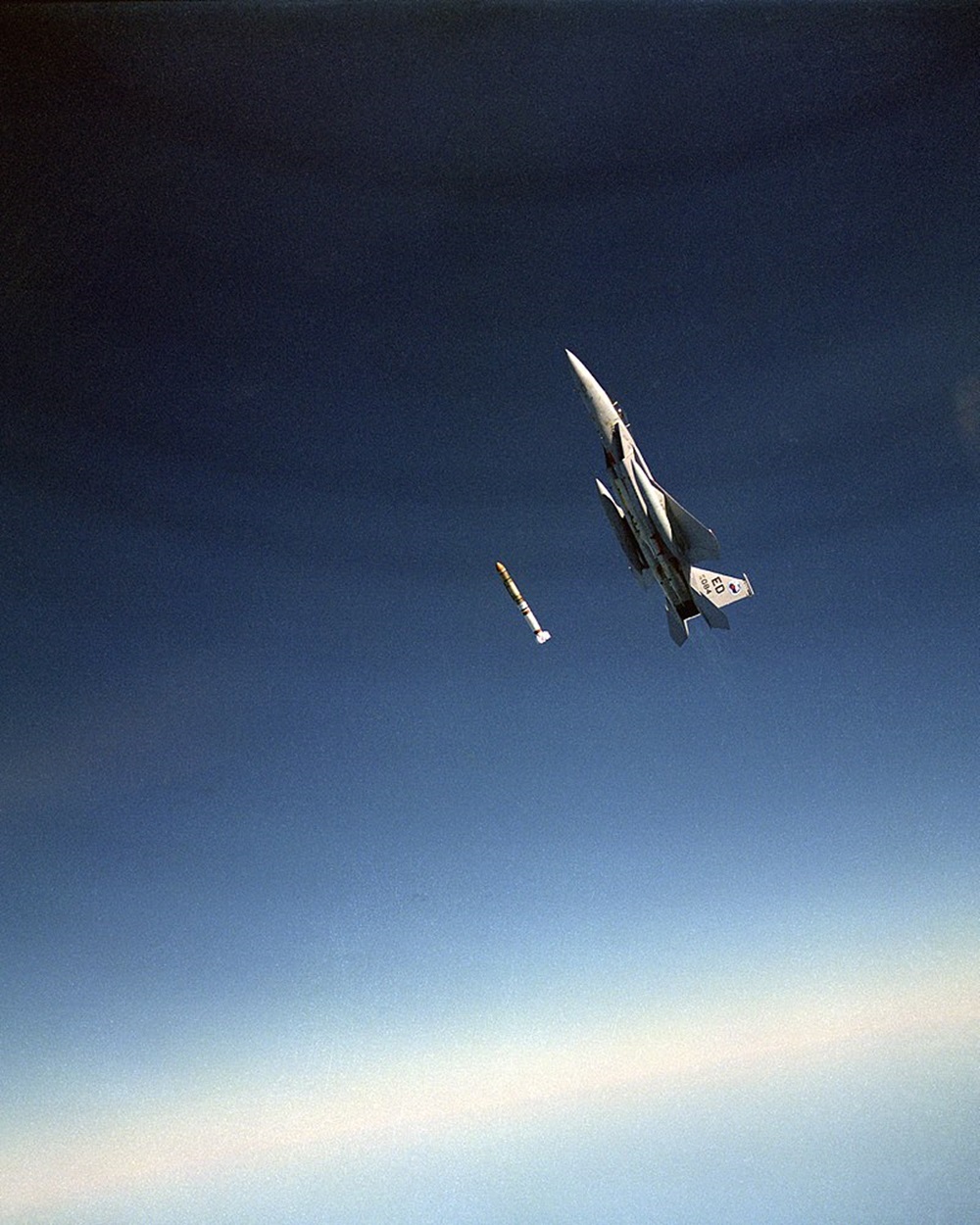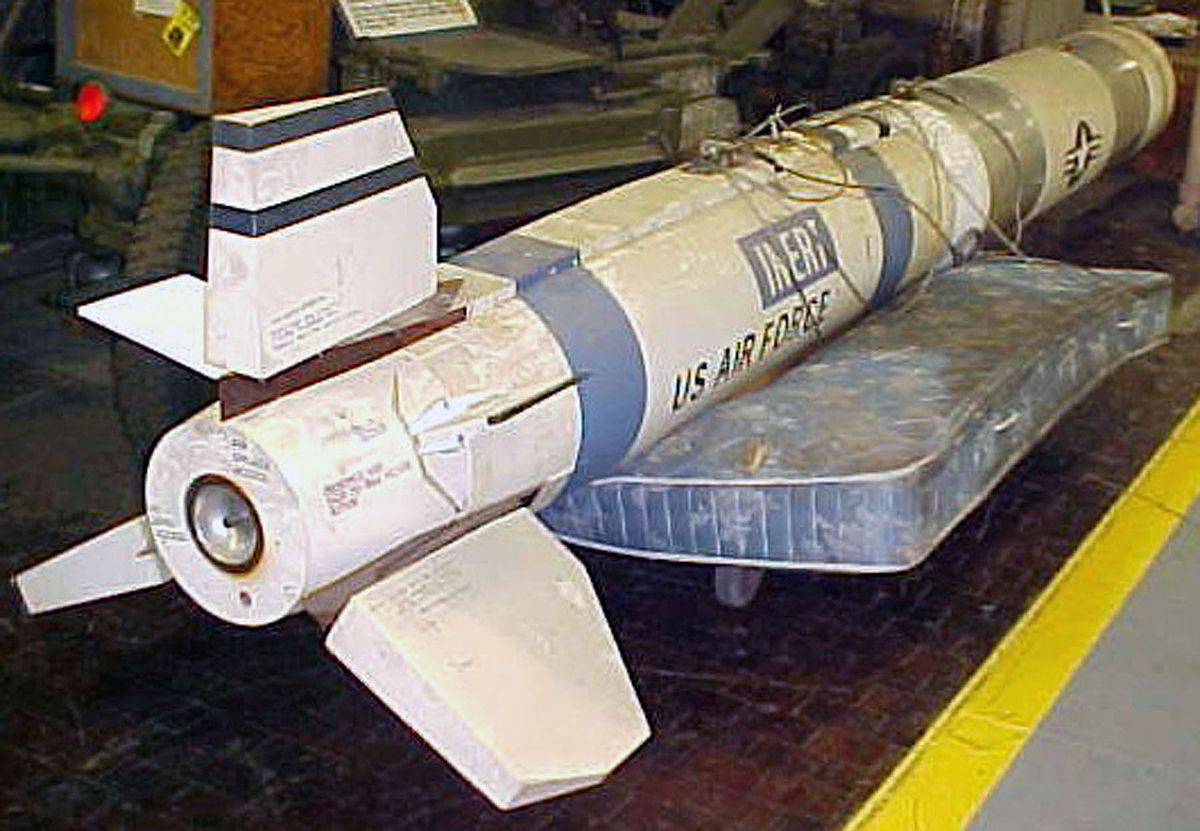International
Is the U.S. really defenseless against Russian nuclear satellite weapons?

According to the White House, U.S. national security is currently being threatened by a new threat from Russia: an emerging “worrisome” anti-satellite weapon that, although apparently incapable of “physical destruction” on the ground, could seriously disrupt U.S. military and civilian operations in space. Some U.S. government officials suspect that the system may be nuclear, a prospect that raises fears that the Russian government could not only knock out strategic satellites in orbit but, in turn, deal a severe blow to the U.S. economy by degrading government and civilian operations in space.
In fact, we have talked about it several times, and it seems that this threat is essentially a ballon d’essai to the public and to politics. Moreover, it is not at all clear what this “Nuclear Satellite Threat” is or when it will be implemented. In short, it was a communication mess.
The problem would not exist if it were considered seriously. As Military.com points out, the U.S. armed forces have a relatively simple countermeasure to deal with space weapons: just send a fighter jet to blow up the satellite that creates problems or threatens others. The USAF already has a weapon for this, tested and dating back to the 1980s, when things were still being done for real and not just with words.
In 1985, as the Cold War drew to a close, the U.S. military faced a relatively new problem. The Soviet Union had developed a “robust” capability to launch small satellites into orbit that could keep track of U.S. Navy warships at sea, a capability that diminished the Pentagon’s ability to find its pawns without being seen, according to Maj. Gen. Wilbert “Doug” Pearson Jr., now retired, the only Air Force pilot to have ever shot down a satellite in orbit above the planet.
The U.S. military has been looking for a way to shoot down Soviet satellites since Sputnik 1 in 1957. Ground-based missiles proved too slow in reaction, so the only platform deemed useful was a missile launched from an airborne platform, a fighter jet.

“Previous programs have shown the absolute difficulty of hitting a satellite with another object, because objects in space, to be in orbit around the Earth, have to move at very high speeds, and hitting something at very high speeds is very difficult,” Pearson told Task & Purpose of his miraculous space kill in a 2020 interview.
In response to the Soviet Union’s rapid development of “co-orbital” anti-satellite weapons in the late 1970s—weapons “designed to reach orbit, synchronize with their targets, and detonate, sending shrapnel to destroy enemy satellites,” according to the Smithsonian—the Carter administration launched a weapons program that would lead to the development of the ASM-135 missile, the very system Pearson would use to shoot down an orbiting satellite. The concept behind the ASM-135 was simple: an airplane would launch a two-stage missile aloft that would then release an autonomous “miniature targeting vehicle” that would impact an enemy satellite, tearing it apart at a speed of thousands of miles per hour.
In the early 1980s, Pearson was the commander of the F-15 Anti-Satellite Combined Test Force at Edwards Air Force Base, California. When it came time to test the ASM-135, the F-15 was the logical choice as the launch vehicle. At the time, the ’15 was the only fighter jet powerful enough to be capable of carrying a weapon capable of reaching orbit.
After five successful test launches of the ASM-135 missile from an F-15, Pearson’s team decided it was time to test the system on an actual satellite target. The team chose the Solwind P78-1 satellite, a solar observation platform orbiting the planet at an altitude of about 325 miles, since it was launched from Vandenberg Air Force Base in 1979.
Launch day was Sept. 13, 1985. After rendezvousing with a refueling air tanker about 200 miles from Vandenberg AFB, Pearson finally got into position at an altitude of 30,000 feet (10,000 meters) to launch the ASM-135 toward the Solwind satellite, which was moving at a speed of about 11,000 kilometers per hour about 400 kilometers (250 miles) above Pearson’s plane. According to the Smithsonian, Pearson “turned on the afterburners, accelerated the plane to Mach 1.3, and began a 60-degree climb” before pressing his plane’s “launch button” and launching the missile toward the target.

The ASM-135 missile rapidly accelerated to 13,000 feet per second, splashing off into the distance. Since he could not get visual confirmation of the impact with the Solwind satellite, it was the control room that confirmed that ASR 135 had hit the satellite. Something not everyone thought was possible in 1985, but it could be done, and we are talking about almost 40 years ago…
The program was later discontinued due to cutbacks in funding and the end of the Cold War, but, frankly, the satellite threat would have countermeasures that, at least in theory, should be readily available nowadays if we were not living in the age of words and not actions.
Although the U.S. has since developed other methods to disable satellites—in 2008, the Navy destroyer USS Lake Erie used a Standard Missile-3 to destroy a malfunctioning National Reconnaissance Office satellite—no one else has matched Pearson’s honor as “space ace” since that fateful day in 1985.
In the end, then, talk of a Russian threat from space has more political than military value. Yet another weapon of mass distraction.






